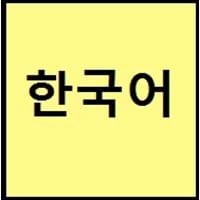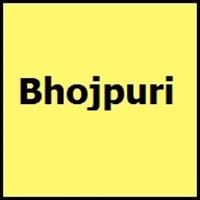Korean and Bhojpuri
- Korean has borrowed words from English and Chinese.
- Korean has two counting systems. First, is based on Chinese characters and numbers are similar to Chinese numbers, and second counting system is from words unique to Korea.
- Bhojpuri was anciently written in Kaithi scripts.
- In Mughal Era, Kaithi script was used in administrative purposes for writing in Bhojpuri language.
All Korean and Bhojpuri Dialects
Most languages have dialects where each dialect differ from other dialect with respect to grammar and vocabulary. Here you will get to know all Korean and Bhojpuri dialects. Various dialects of Korean and Bhojpuri language differ in their pronunciations and words. Dialects of Korean are spoken in different Korean Speaking Countries whereas Bhojpuri Dialects are spoken in different Bhojpuri speaking countries. Also the number of people speaking Korean vs Bhojpuri Dialects varies from few thousands to many millions. Some of the Korean dialects include: Jeju, Gyeongsang. Bhojpuri dialects include: Caribbean Hindustani , Fiji Hindi. Also learn about dialects in South American Languages and North American Languages.
Korean and Bhojpuri Speaking population
Korean and Bhojpuri speaking population is one of the factors based on which Korean and Bhojpuri languages can be compared. The total count of Korean and Bhojpuri Speaking population in percentage is also given. The percentage of people speaking Korean language is 1.14 % whereas the percentage of people speaking Bhojpuri language is 0.43 %. When we compare the speaking population of any two languages we get to know which of two languages is more popular. Find more details about how many people speak Korean and Bhojpuri on Korean vs Bhojpuri where you will get native speakers, speaking population in percentage and native names.
Korean and Bhojpuri Language Codes
Korean and Bhojpuri language codes are used in those applications where using language names are tedious. Korean and Bhojpuri Language Codes include all the international language codes, glottocodes and linguasphere.





